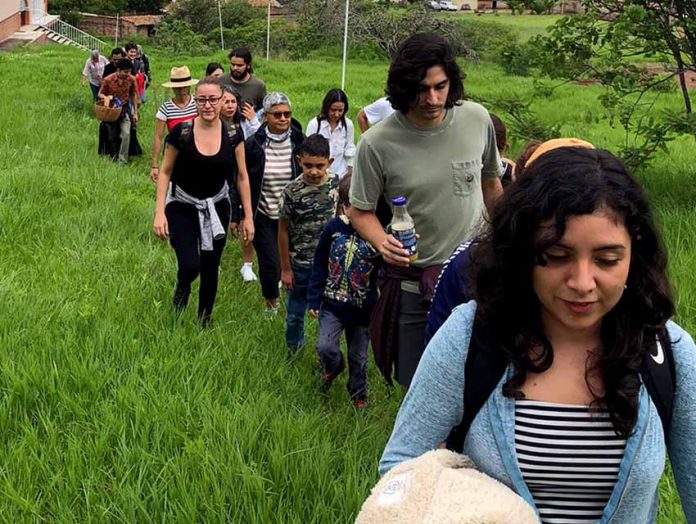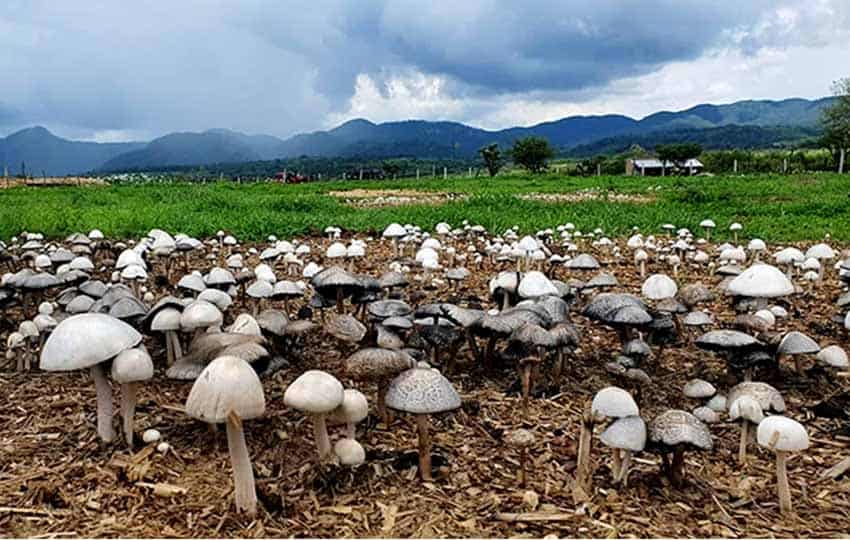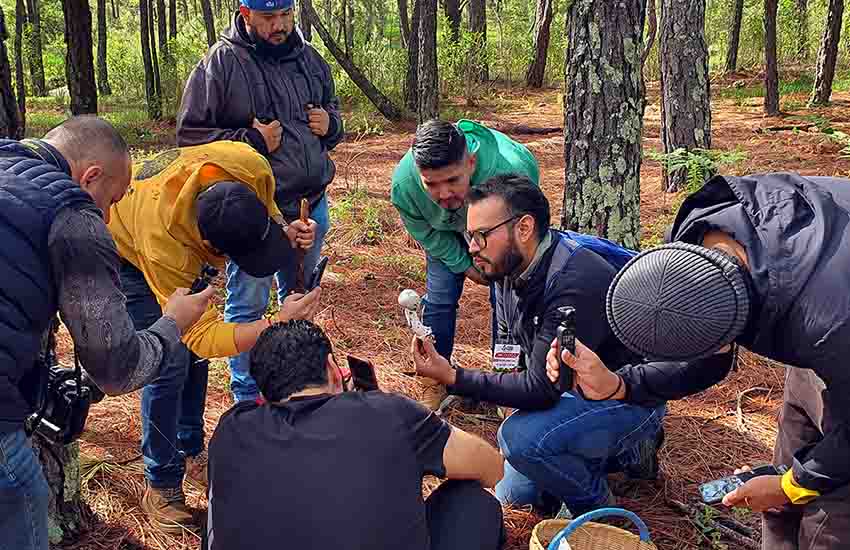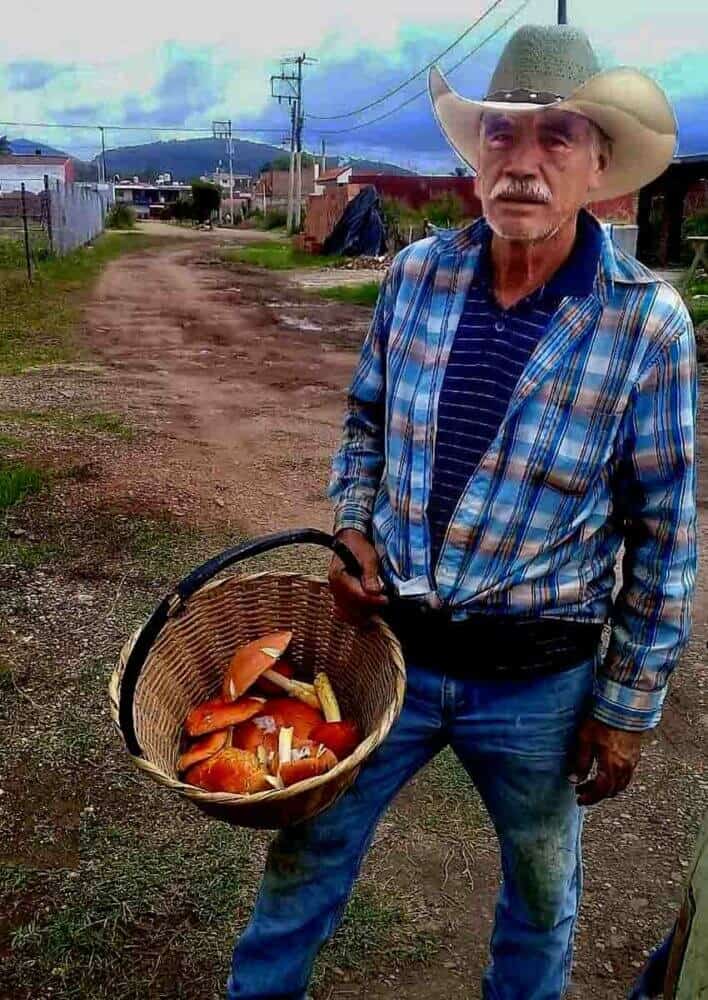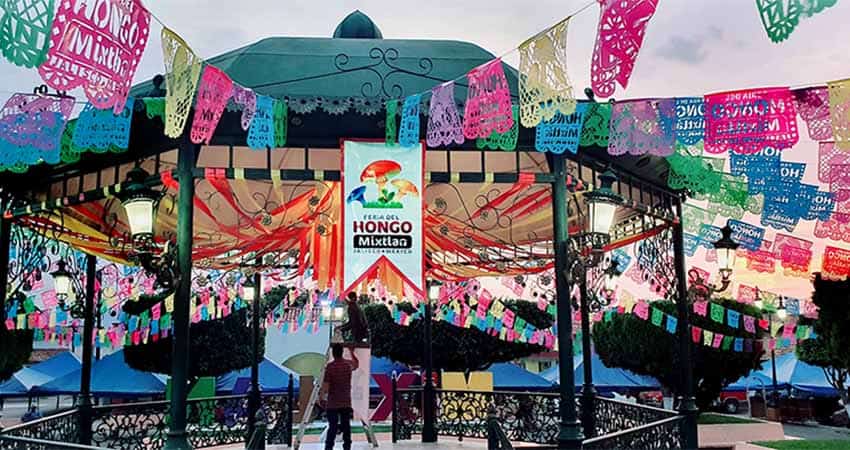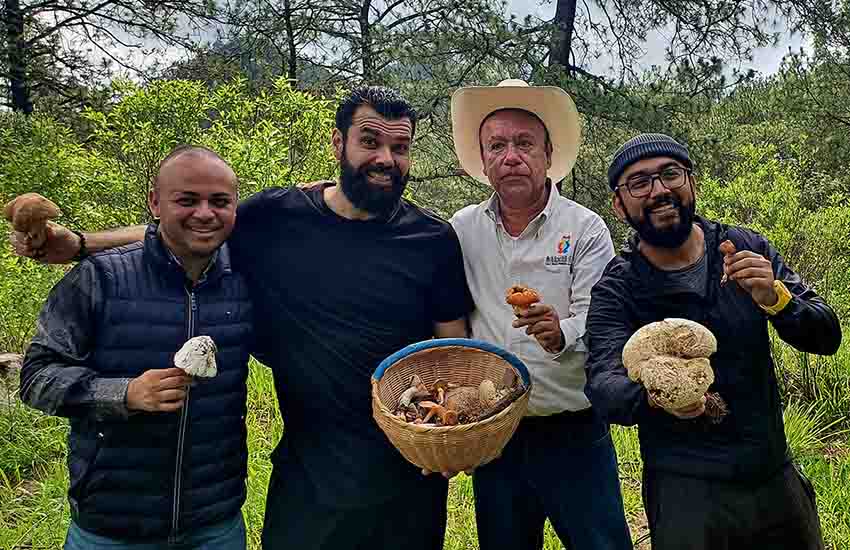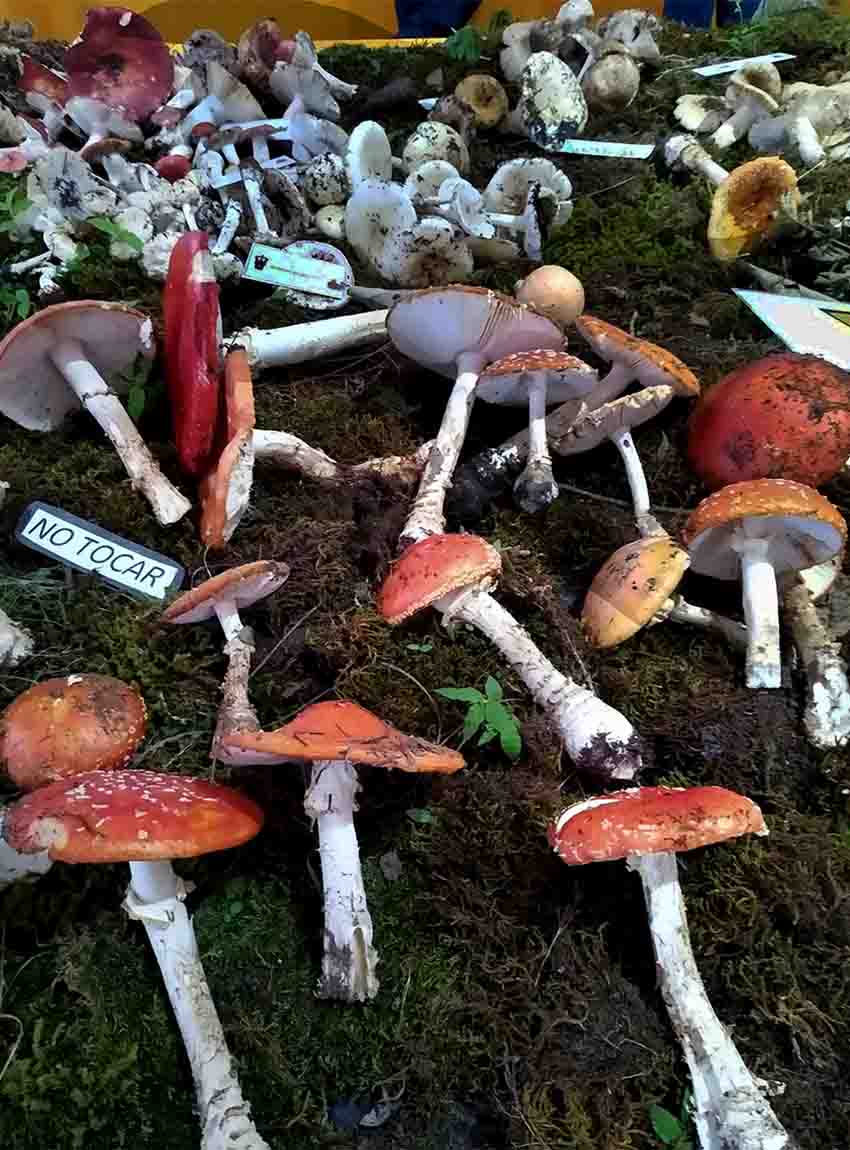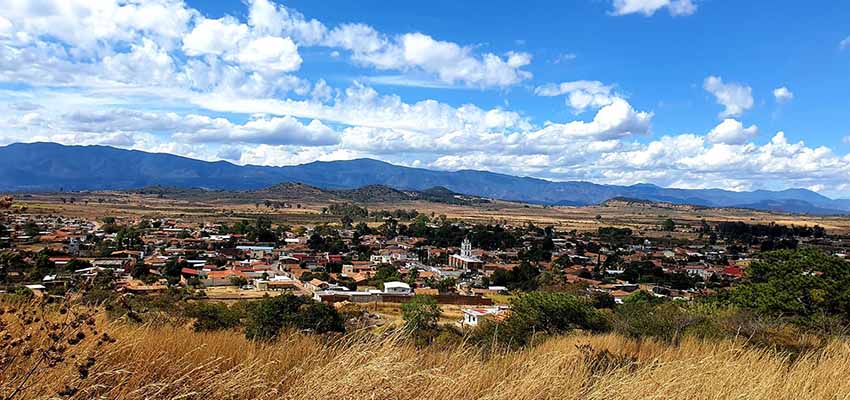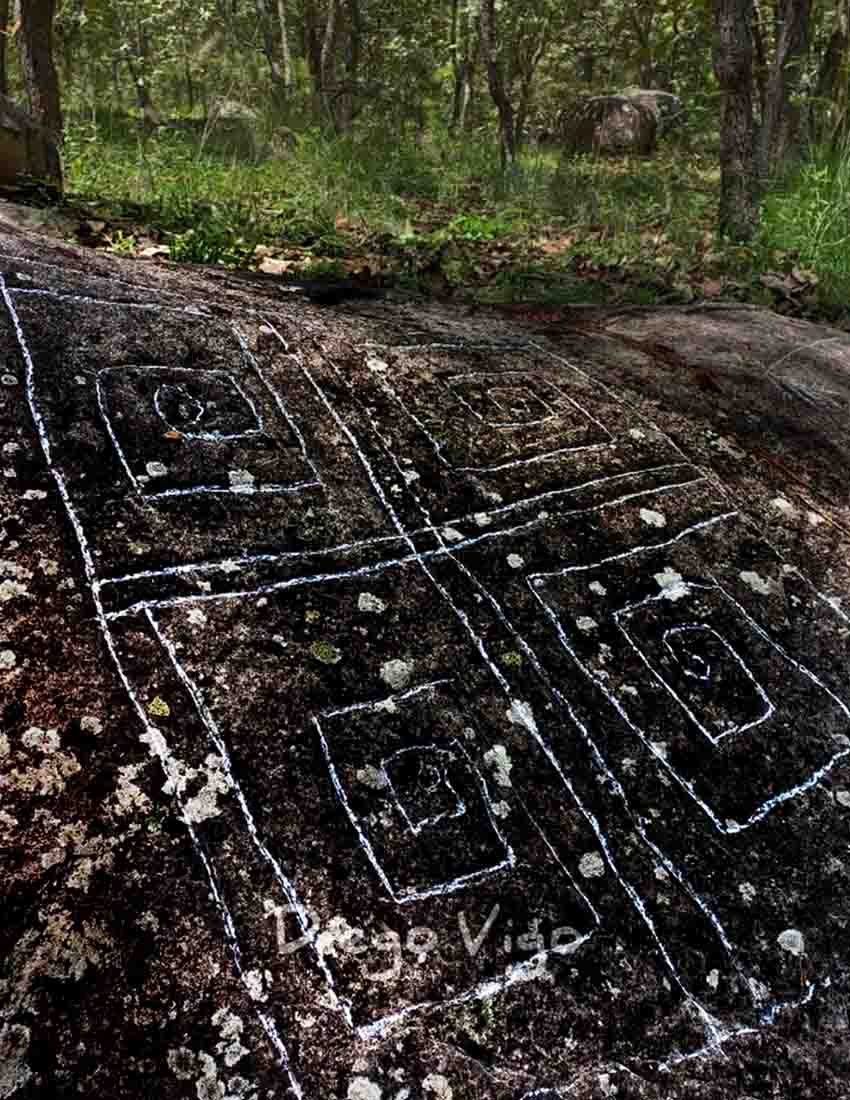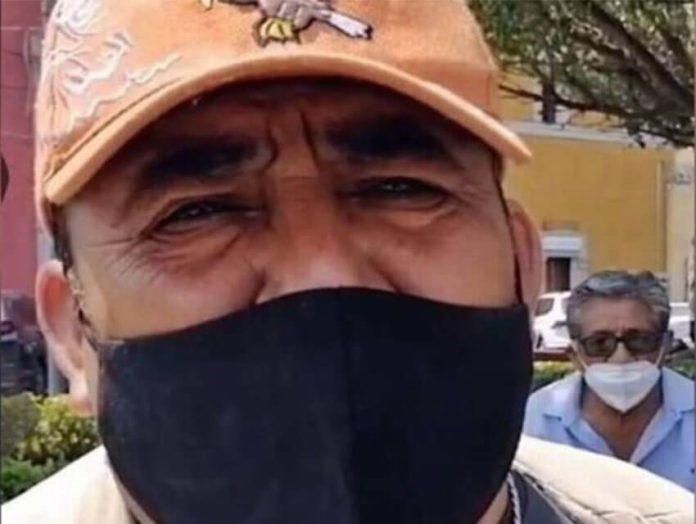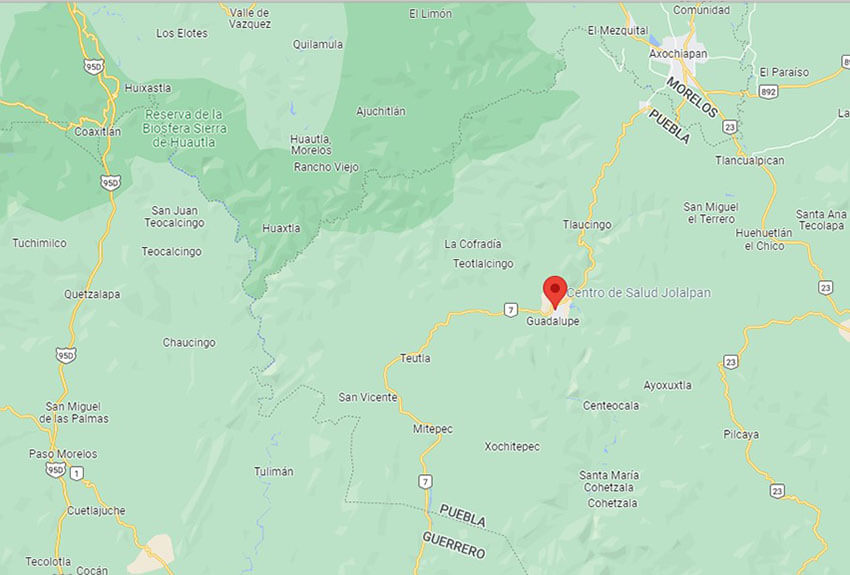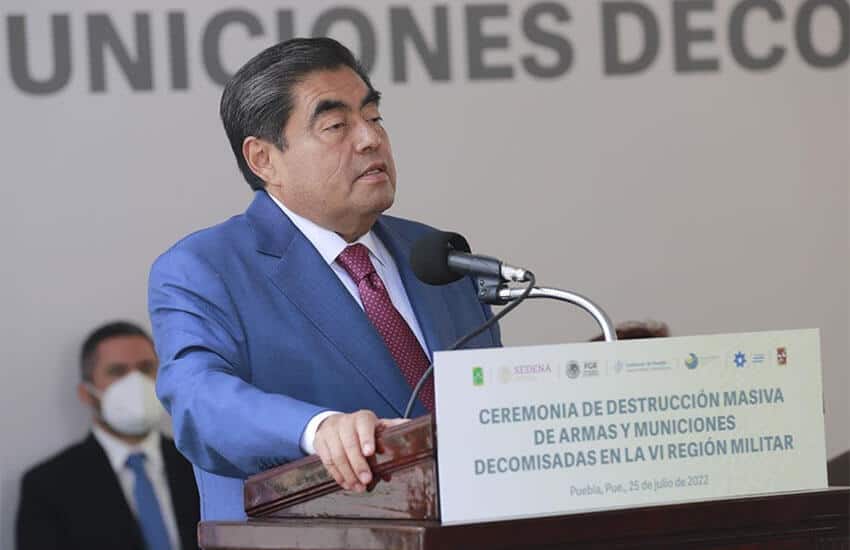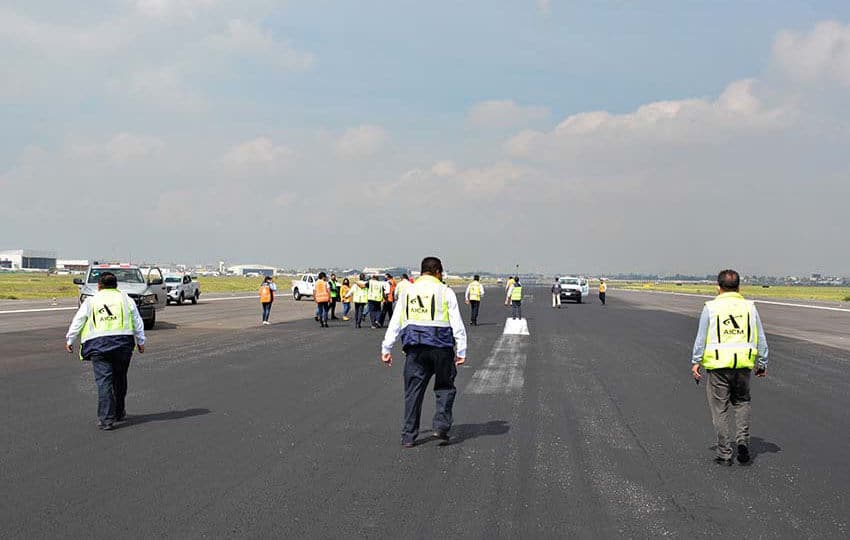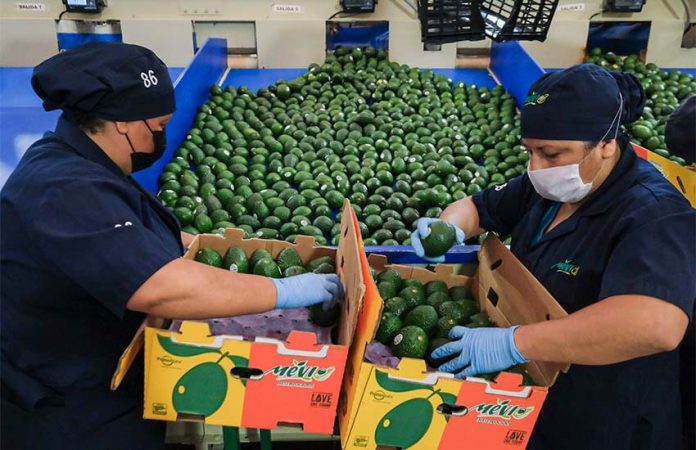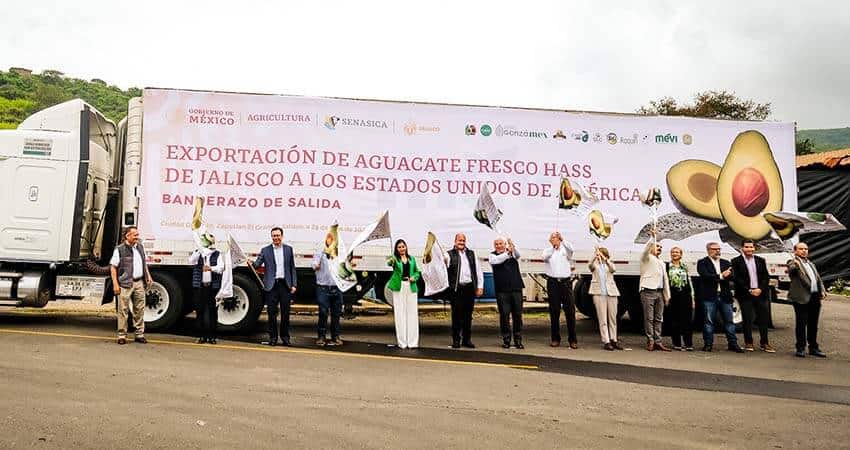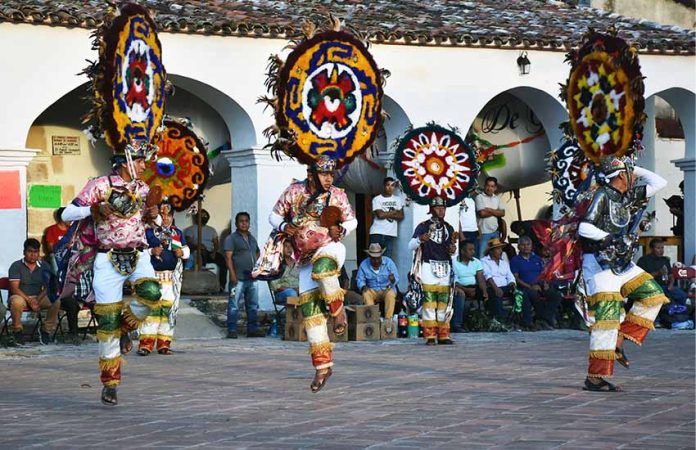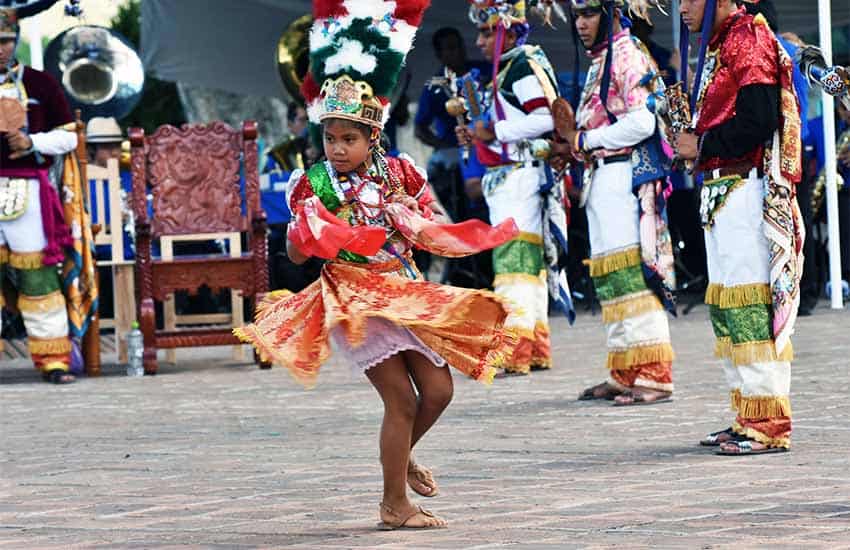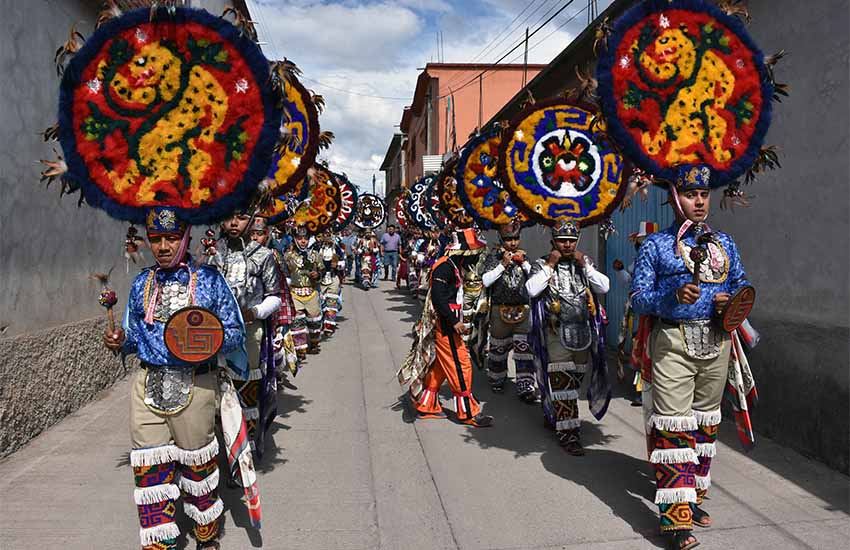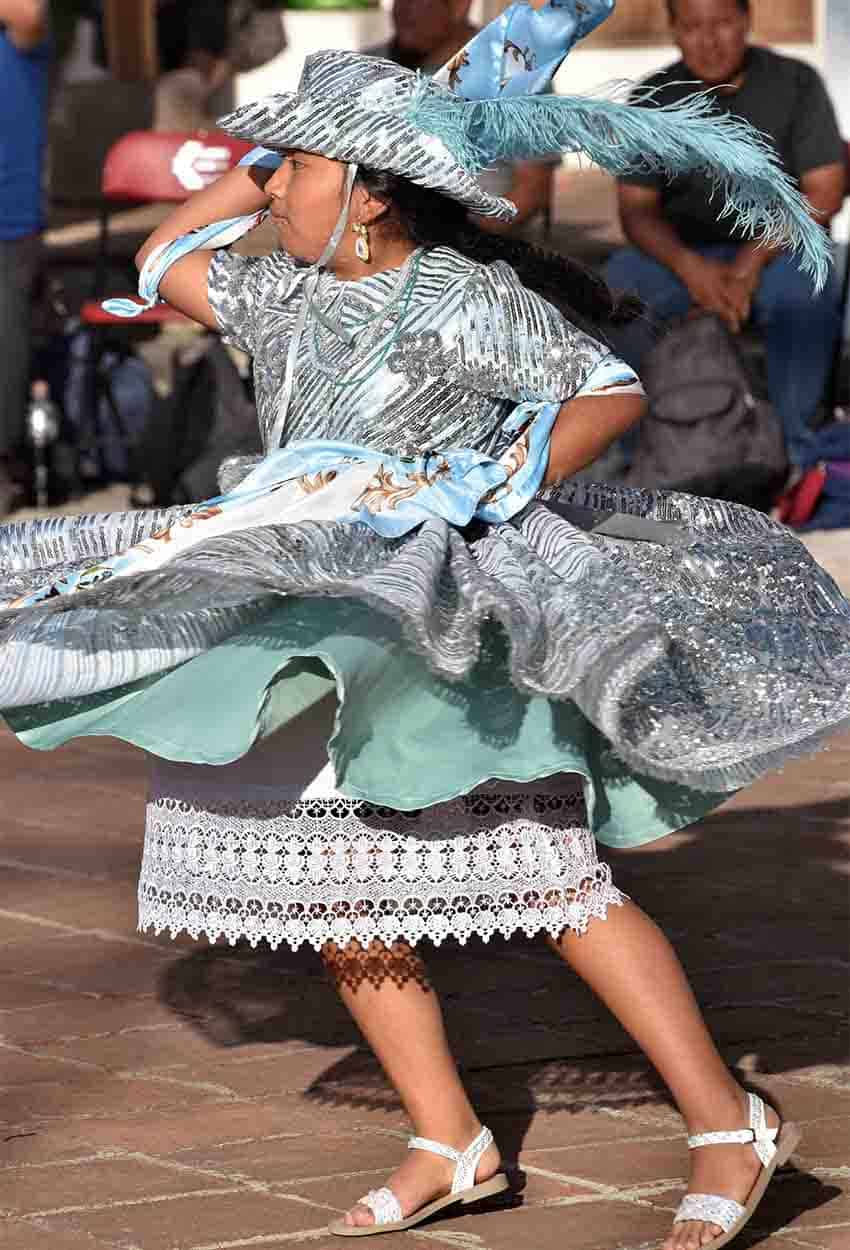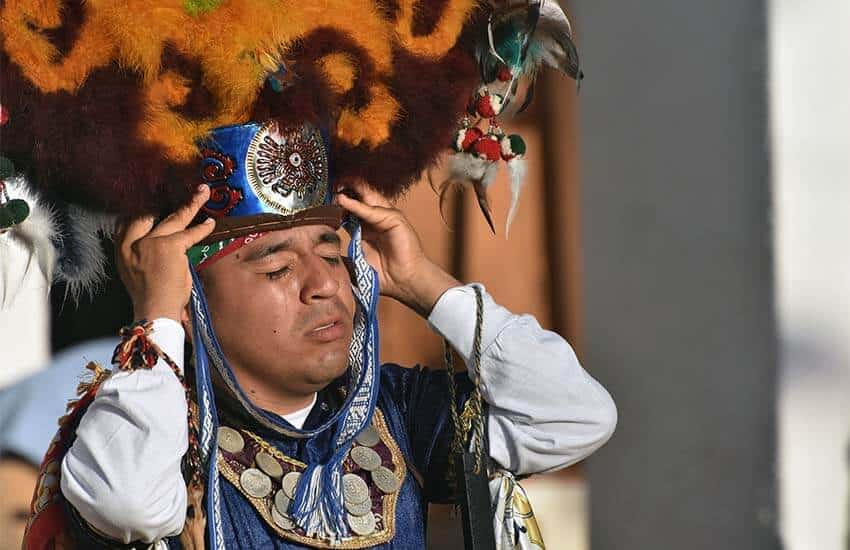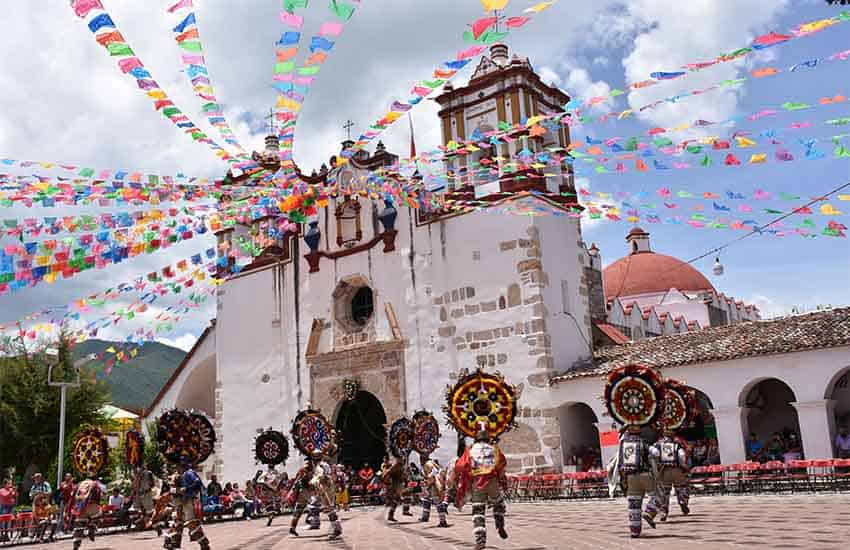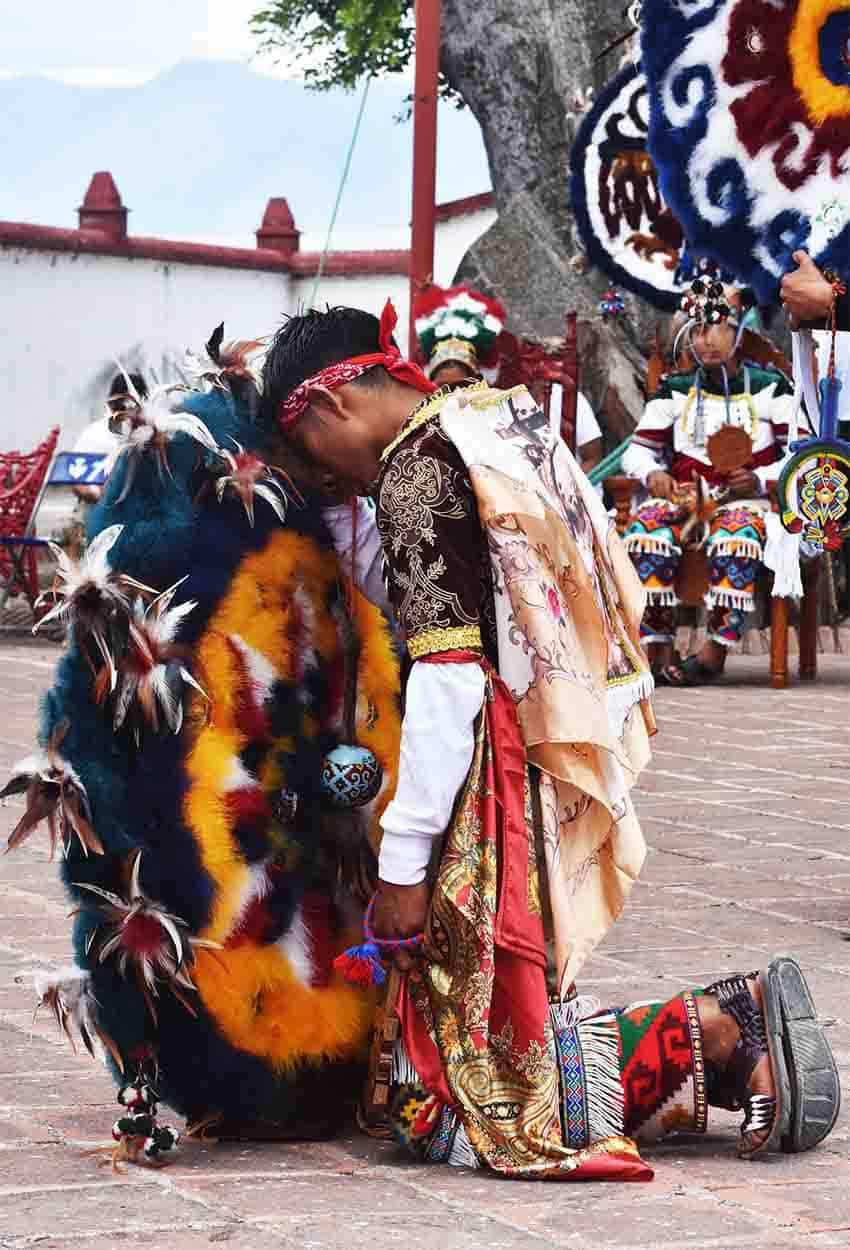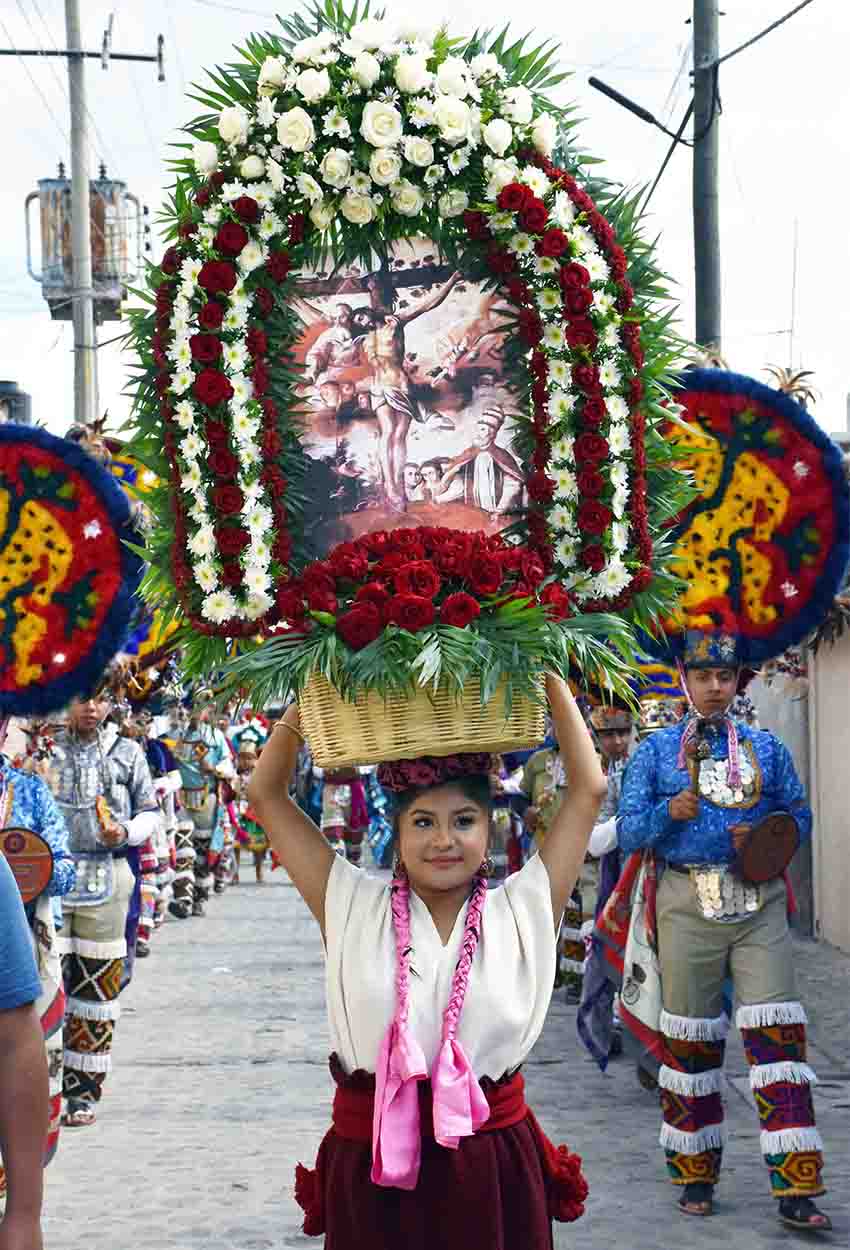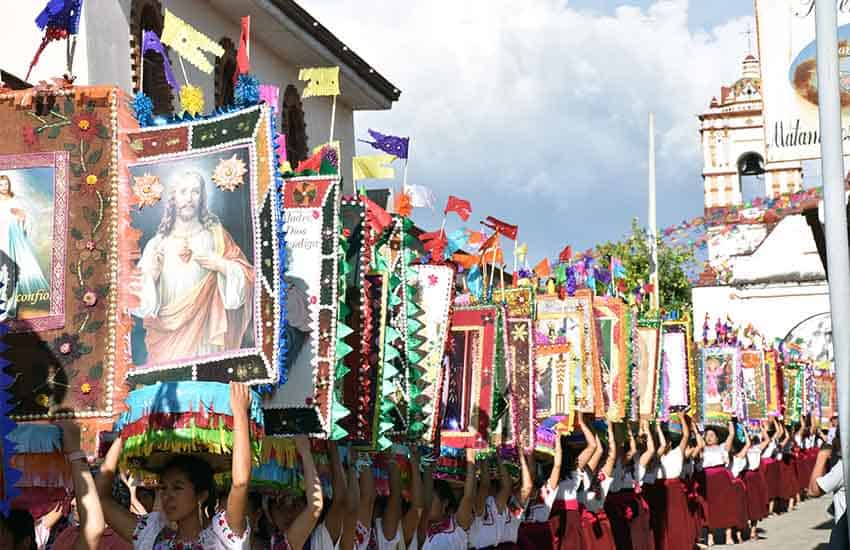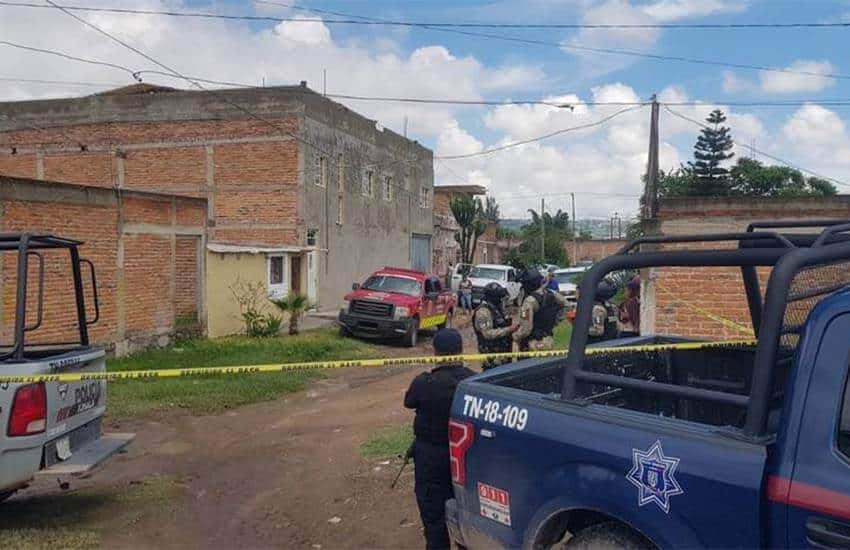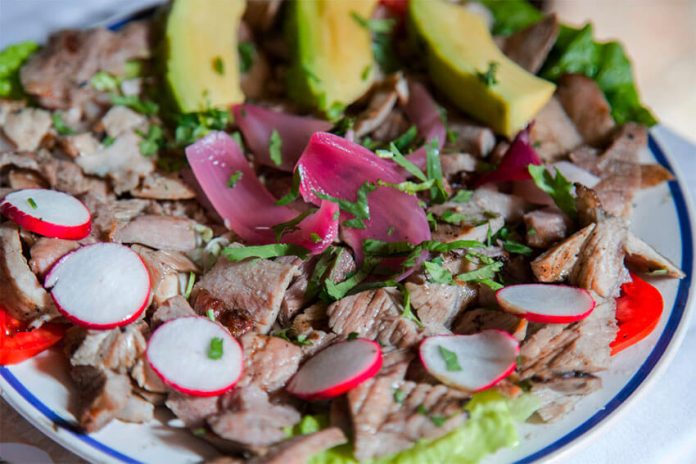As I write this, I’m snuggled up under a thick, navy blue blanket, velvet on one side, wool on the other. My feet are tucked under me to prevent them from turning into ice cubes.
Outside, it’s literally 101 degrees.
Frigid air conditioning! My old nemesis, I’d nearly forgotten about you.
Last week, I wrote about how I arrived in Mexico from Texas a full 20 years ago. So, this week, I’ve decided to write about my impressions of being back in the States after a full two and a half years of not having returned here.
I wasn’t really sure what to expect when our plane touched down. After all, it’s been a pandemic-long while since I was here last. The narrative of U.S. political life seems like it’s been extracted from the first few pages of some futuristic dystopian novel.
I’m an avid reader of the news, and every time I’ve had a conversation with a paisano of mine in Mexico over the past couple of years, my main question has been, “What the hell is going on up there?”
So far, though, my experience with people on the ground has been pretty good. Thank goodness!
One of the things I was a little worried about was our masks: in Mexico, everyone is still wearing them … some even wear them outdoors when they’re walking alone along the street!
While I’m a bit flexible depending on the situation, my 8-year-old daughter is at a time in her life when everything is very black-and-white, and she has worn her mask religiously on every trip out of the house.
But here, no one is wearing them — even indoors — except me and my kid. I’d heard stories of the types of people who thought COVID-19 was a hoax mocking people in masks, and I was nervous about encountering them. Even commenters on my articles have been a bit mean about it, the most memorable of them calling masks “face diapers.”
Fortunately, I’ve been reminded several times since arriving here that Texans are mostly just really, really nice despite some pretty crazy voting patterns (though I insist that Texas is easily a purple state at worst, which is more of a voting problem that an ideological one). Several people a day strike up friendly little conversations, and many women especially have complimented me on my tattoos (it’s too hot for sweaters here).
The things that have taken me aback?
- Monster trucks. Like, a lot of them. They’re as big as houses, and I don’t get it. I don’t think most people driving them are building contractors that have to haul tons of bricks from one place to another, so what’s the deal?
- The air conditioning also really is extreme. I don’t know how to dress for the day. It’s 100 F heat outside, and 65 degrees inside which, to me, is way too cold. Isn’t there anything between a sauna and a refrigerator? Right now, I’m wearing pants and a T-shirt. I brought shorts and dresses with me, but I’m too cold inside houses and buildings to put them on. It’s not the worst problem to have, I suppose, but it seems absurd that our extreme differences in temperatures must mirror our extreme political differences.
- There are pro-life billboards everywhere. Dudes, you won. Whom are you trying to convince? I’d be really impressed if the money spent on these billboards went instead to helping families care for all those “saved babies” that they insist should be born instead of just saying to them upon birth: “You’re welcome, now start pulling on those bootstraps, kid.”
- Prices. They’re high. On our second day here, some friends invited us to a water park. It was cool and nice, but tickets were about $60 apiece, so how many people can afford that kind of fun around here? Even a local (somehow nonprofit) production of The Wizard of Oz (very cute) was $25 per ticket. As in most places, there’s a correlation between race/ethnicity and economic prosperity, and it was a bit unnerving to see a sea of almost exclusively blonde heads in these places when white people make up less than half of the Texan population. How’s everyone else having fun?
Well, at least really good ice cream is cheap and plentiful (Blue Bell, you will always have my heart), and I’ve got some tightening pants to prove it.
My daughter is also having a good time, though she’s still a bit disoriented language-wise; her “stranger language” is Spanish, so while she speaks English perfectly, she mostly just stares at people, stunned, when they say something to her here.
I don’t blame her: on my first days back in the States, I often say things absentmindedly in Spanish; it’s my “stranger language,” too. I gave some money to someone standing on the sidewalk asking for help on the way home from the airport (there seem to be a lot more of them now) and said, “Tenga, señor.”
My sister thought I’d said it in Spanish to avoid striking up a conversation, but I honestly didn’t realize I’d not used the right language until she pointed it out.
It’s been a few days, so I’ve finally stopped embarrassing myself by wishing people “buen provecho” as I leave restaurants. But the trip is young! I’ve got a week and a half left of adventures here.
Pray that my pants hold out, y’all.
Sarah DeVries is a writer and translator based in Xalapa, Veracruz. She can be reached through her website, sdevrieswritingandtranslating.com and her Patreon page.

